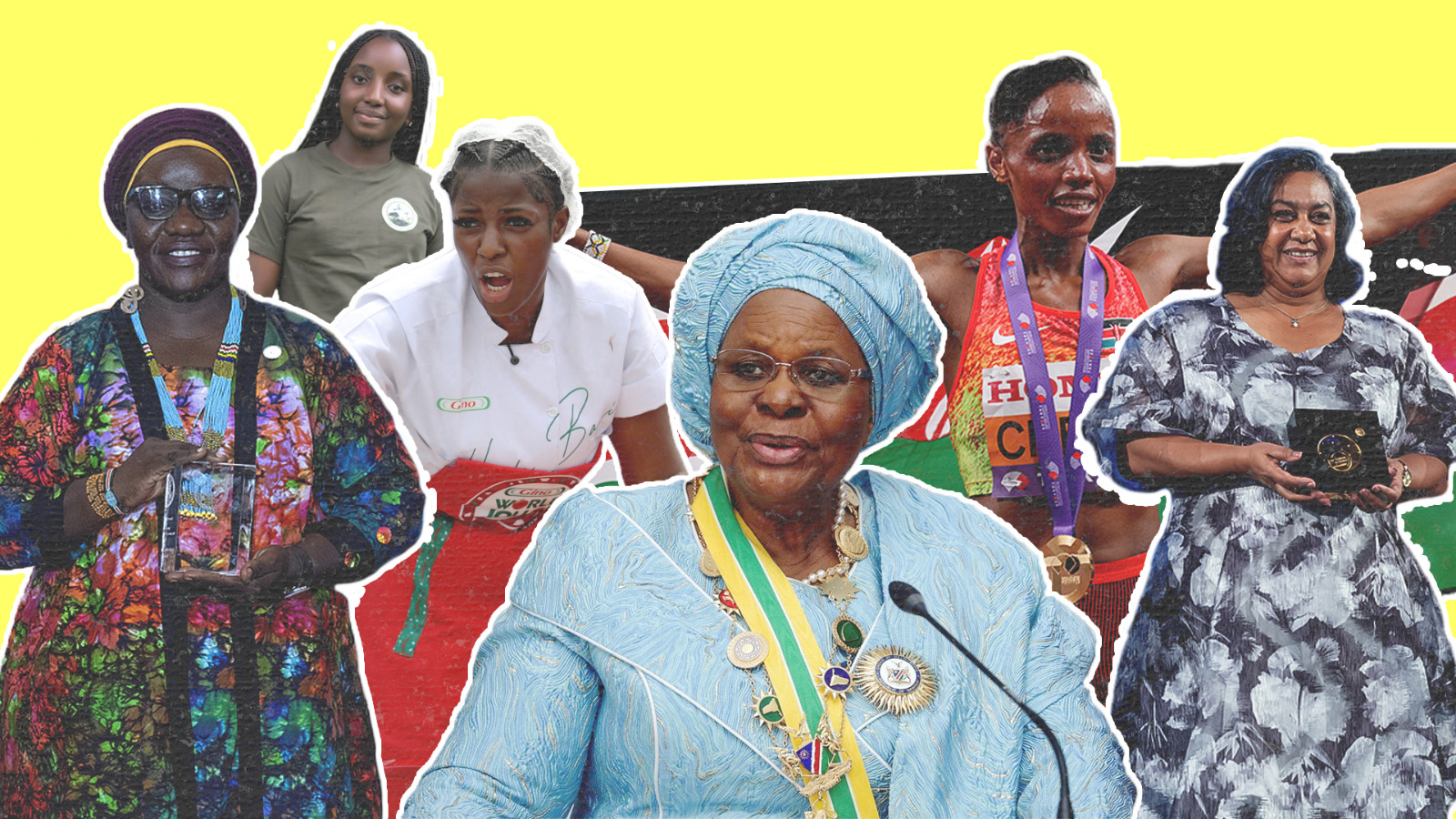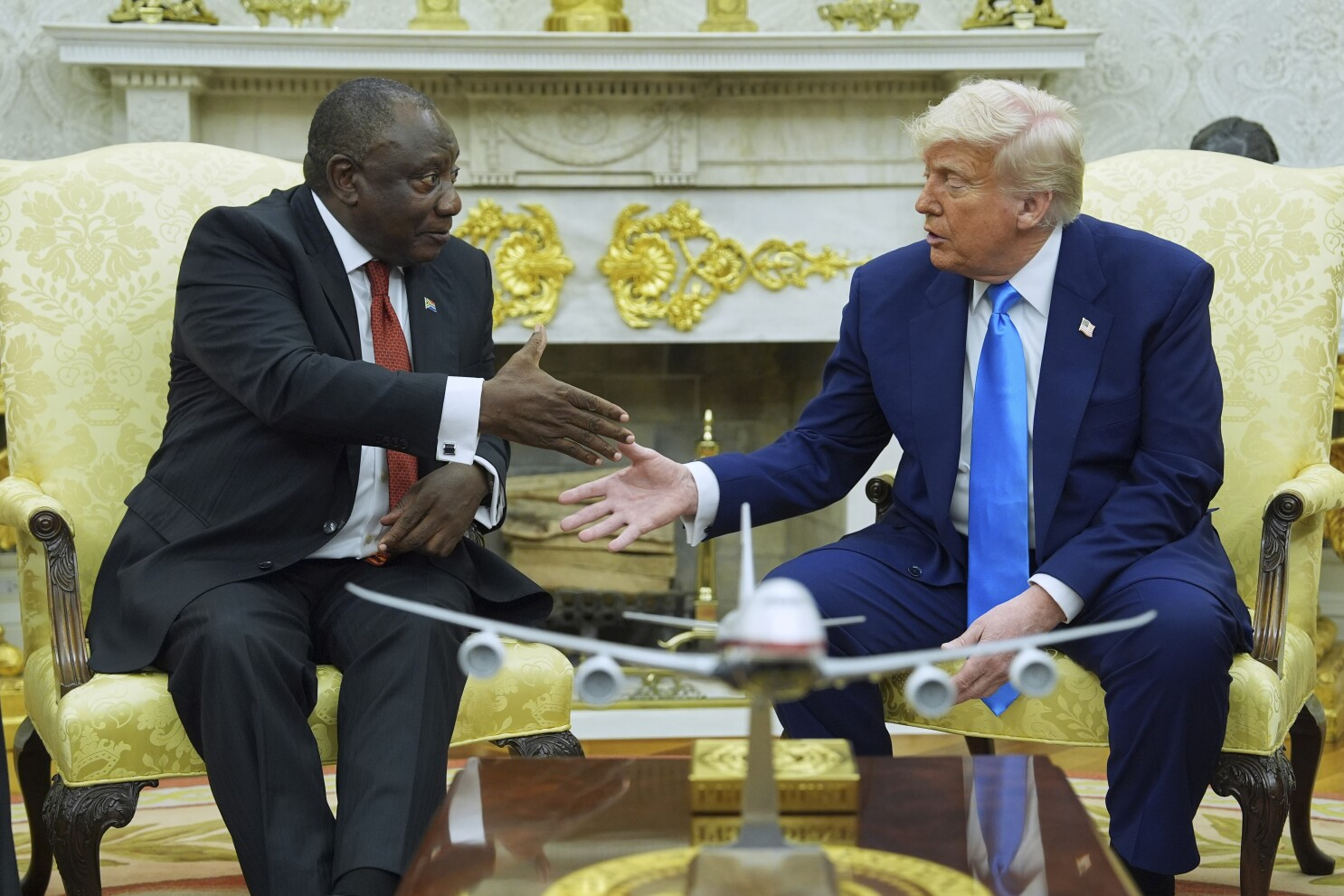Opinion: China’s renewed commitment to a greener Belt and Road

by Ken Gichinga
It’s now nearly 6 years since Chinese President Xi Jinping announced China’s intention to develop the Belt and Road Initiative. The grand design aims to strengthen infrastructure, trade and investment links between China and some 65 other countries that account collectively for over 30 percent of global GDP, 62 percent of the population and 75 percent of known energy reserves. While much of the focus has been on infrastructure financing, industrial capacity as well as technical capabilities necessary to deliver the initiative, there is an increasing call to ensure that the projects meet environmentally sustainable standards. China has responded to this by releasing two government directives: The Belt and Road Ecological and Environmental Cooperation Plan and Guidance on Promoting Green Belt and Road. However, if China is serious about standing out as a global conservation champion, much more will need to be done.
First, China must promote a strong working relationship with the various environmental agencies in countries which BRI projects will take place. Every project in this initiative must be subjected to a mandatory environmental impact assessment before breaking ground. This ensures all voices are taken into consideration, which will ultimately lead to a more harmonious project.
Secondly, China can greatly build upon its legacy as a leader in renewable energy investment, which according to the World Economic Forum accounts for 36%, 40% and 36% of the world’s total investment in hydro, wind and solar respectively. One example of the country’s foreign direct investment activity is the 244 megawatts wind farm that the China Energy Investment Corporation is building in South Africa.
Thirdly, China should continue investing heavily in research and capacity building. On this front, the country has made some remarkable progress and is deploying nearly half a trillion dollars on research and development, surpassing the European Union and catching up with the US. This will ensure that it remains on the cutting edge of the latest technological breakthroughs which can be applied to make BRI projects green and sustainable. On the area of capacity building, China can continue making good strides by leveraging on multilateral efforts. A good example of such a platform is the Global Green Finance Leadership Programme, hosted by the Centre for Finance and Development, the IFC supported Sustainable Bank Network (SBN) and China Council for International Cooperation on Environment and Development (CCICED).
In the final analysis, the Belt and Road Initiative presents a new opportunity for China to project its global green credentials, particularly after the United States withdrew from the Paris Agreement. The recreation of ancient silk routes that connected civilisations is the key thrust behind BRI and many of the countries that will be involved are still developing economies with young institutions that may not have the strength to adequately regulate matters touching on environmental impact assessment of mega projects, particularly when those projects carry the promise of job creation and economic growth. China can fill that void by ensuring they support these young democracies in exploring win-win strategies that anchor on game-changing projects that not only unlock the economic viabilities of these countries but also have long-term sustainability and conserve the natural identity of the country – one that can be passed on to future generations.

Ken Gichinga is the Chief Economist at Mentoria Consulting, a Nairobi-based financial consulting and services firm.
The article reflects the author’s opinion, and not necessarily the views of CGTN.






